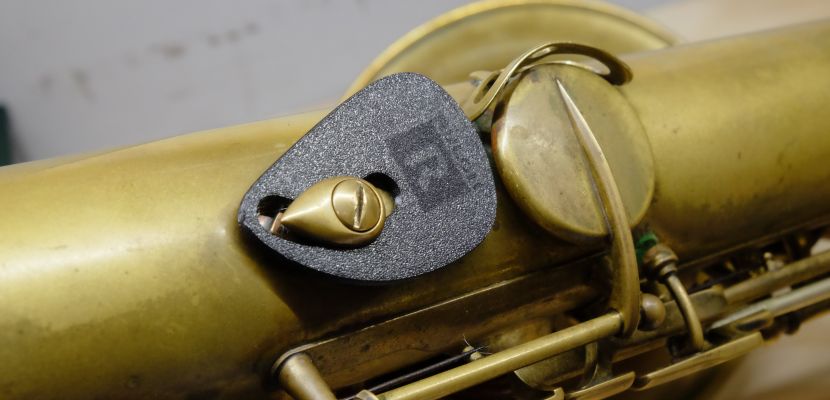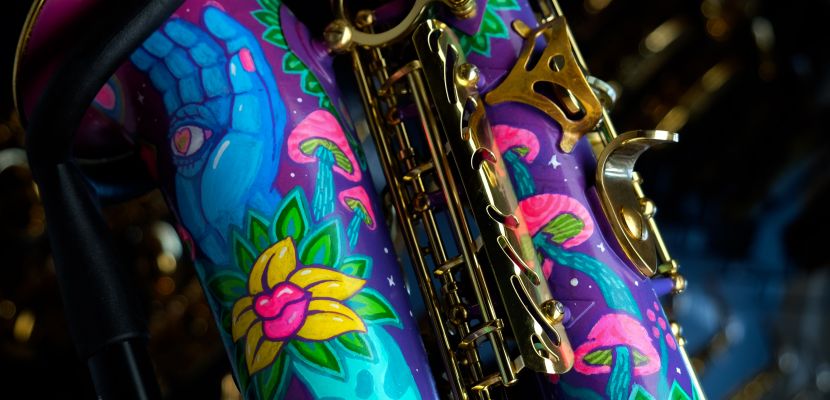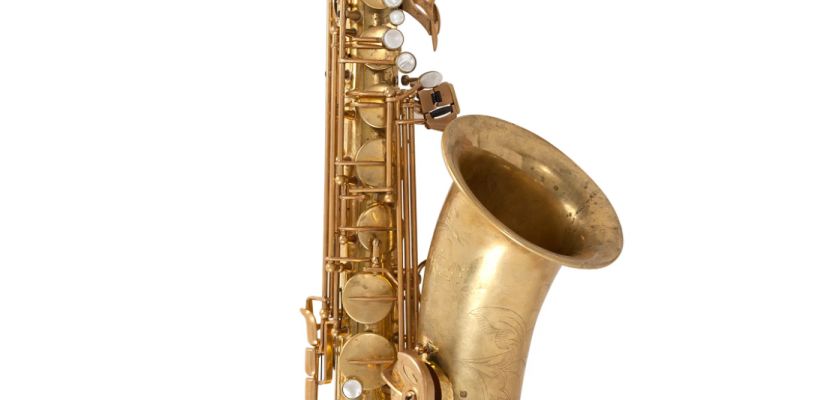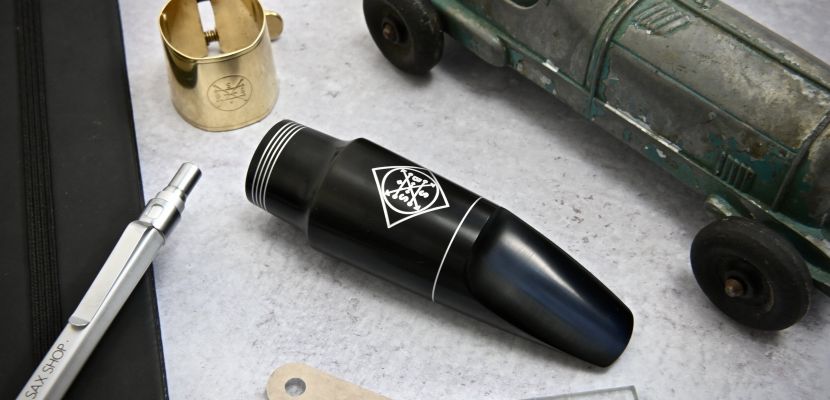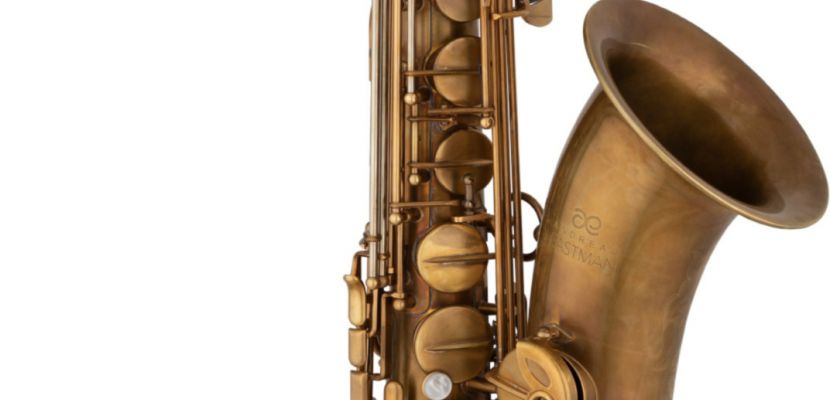Repairing instruments: Q&A with John Pratt
Here at Headwind Music we offer a repair service for all brass and woodwind instruments, an invaluable service for amateur and professional musicians alike. But what happens to my beloved instrument once I hand it over? how do I know when it’s time for a service? and how is that aussie’s beard so thick? These are just some of the questions I asked our ‘in-house repairer’ and fellow owner of Headwind Music: John Pratt.
Q: When did you start fixing musical instruments?
A: At the end of 2002
Q: Which instruments can your repair?
A: All brass and woodwind instruments.
Q: What’s the most complicated instrument to fix?
A: Ummm…bassoons are quite complex, but a saxophone can be equally as challenging if the tone holes are not level or if it’s poorly manufactured.
Q: How long does it take to service an instrument?
A: It completely depends, some small checks and adjustments can be done in 20 minutes or less, but a full service can sometimes take a few hours.
Q: How much does it cost to service an instrument?
A: Again, it depends on what needs doing but an average service costs somewhere between £35 and £45 pounds.
Q: What do you do in a general service?
A: Check if any pads, corks, felts or springs need replacing. Regulate and lubricate the instrument throughout, repair any cosmetic / structural damage as per the customer’s requests. Once all this has been done I play test the instrument to make sure it’s playing perfectly throughout.
Q: How do you get so much volume in that beard?
A: Are you for real? …..obviously I was just born with it.
Q: From a repairer’s perspective, what advice would you give to someone buying a second hand instrument?
A: For a saxophone or flute make sure the body is straight, check if there’s been any big damage, see if the pads look old / dry / cracked. For a clarinet, if it’s wooden check for cracks and again check the pads, corks and springs. For brass instruments, make sure everything that should move, does (i.e. tuning slides, valves etc) make sure that all the joints are soldered together correctly. With valved brass instruments like trumpet, cornet, tuba etc, if you can, make sure there’s good compression i.e. that no air is escaping via loose slides or worn valves, and of course look for any signs of damage especially near or on the valve block itself. With trombones, the most important thing is the slide, make sure this runs freely and smoothly. But the best way of all to check any instrument, is to play it or get someone who knows how to do so for you.
Q: What’s the most common repair you come across?
A: probably bent or unregulated keyword on saxophones, flutes or clarinets, these problems can easily arise from very simple handling issues.
Q: What are the best practises to keep your instrument in good working order and keep servicing costs to a minimum?
A: Dry the instrument after every use. Keep all moving parts lubricated. Make sure you are assembling and handling the instrument carefully and correctly. And most importantly of all - invest in a good case! for saxophone I would recommend the ‘BAM softpack' as the best case all round for protection…..that’s what I keep my Mark vi in!
Q: How many press ups can you do in 60 seconds?
A: 60
To discuss your instrument repair needs in more detail come and visit our showroom at 19 Zetland Rd, Brisol, BS6 7AH or call us on 0117 907 0493


